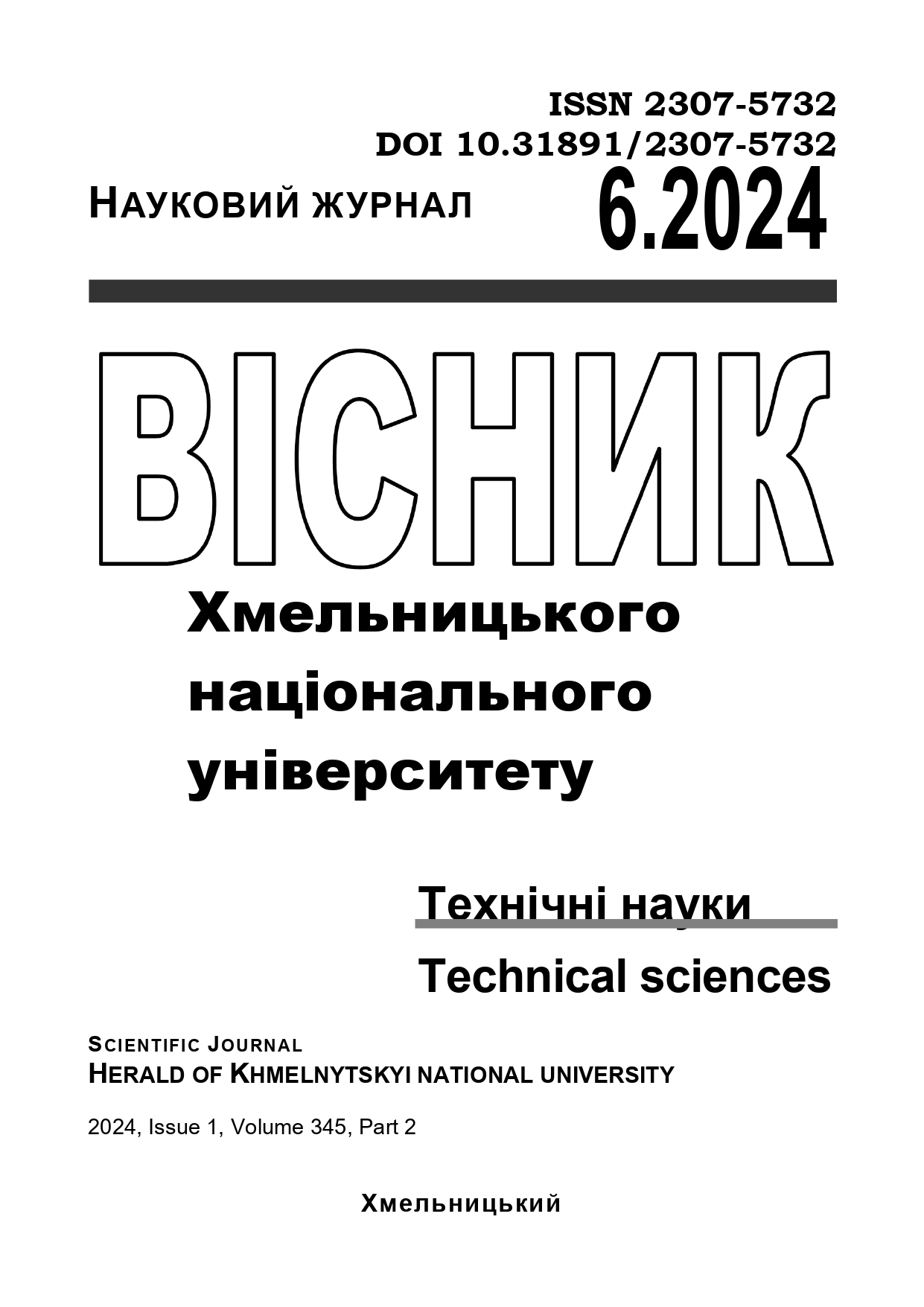REVIEW AND ANALYSIS OF EXISTING DESIGNS OF ROBOTIC MANIPULATORS WITH EXTRUDERS FOR 3D PRINTING
DOI:
https://doi.org/10.31891/2307-5732-2024-345-6-34Keywords:
3D printing, robotic manipulator, screw extruder, filament, polymer pelletsAbstract
The article analyzes the prospects for the use of robotic manipulators in 3D printing technology, as well as the features of integrating extrusion systems for the manufacture of complex geometric structures. The main advantages of using industrial robots for additive manufacturing are identified, in particular their ability to provide flexibility in production processes, reduce material costs and improve the quality of printed products. The main types of extrusion systems used in robotic 3D printing are analyzed: filament, aerosol-jet and screw extruders. Filament extruders are the most common, as they provide high accuracy and detail of printing, which makes them suitable for a wide range of applications, in particular in mechanical engineering and light industry. Aerosol-jet sprayers are used in high-precision production of electronic components and biotechnological devices due to the ability to apply ultra-thin layers of materials. Screw extruders that work with granular polymer materials have significant potential in 3D printing, but there are practically no robotic systems on the market that use this type of extrusion. The main parameters for choosing robotic manipulators for additive manufacturing are considered, in particular, repeatability accuracy, reachability, load capacity, operational safety and software. A review of the leading manufacturers of robot manipulators for 3D printing is conducted, in particular, KUKA, ABB, FANUC, Yaskawa and Comau, which offer integration solutions for extrusion systems. The analysis results indicate that further research should be aimed at developing robotic systems with screw extruders, which will significantly reduce the cost of raw materials, increase the efficiency of production processes and expand the capabilities of 3D printing in industry. The use of such systems will contribute to the creation of more economical and technologically advanced additive manufacturing methods, in particular in construction, automotive, and composite construction.
Downloads
Published
Issue
Section
License
Copyright (c) 2024 ОЛЕКСАНДР ДУКА , ЄВГЕН ГАРБАР, ОЛЕГ ПОЛІЩУК, АНДРІЙ ПОЛІЩУК, МАРІУШ ГЕРГЕЛЬ (Автор)

This work is licensed under a Creative Commons Attribution 4.0 International License.

